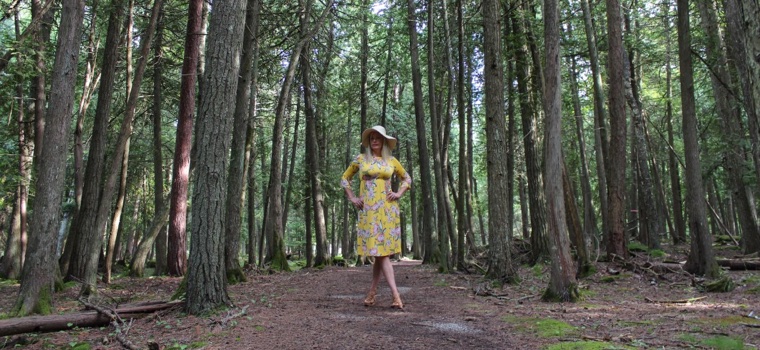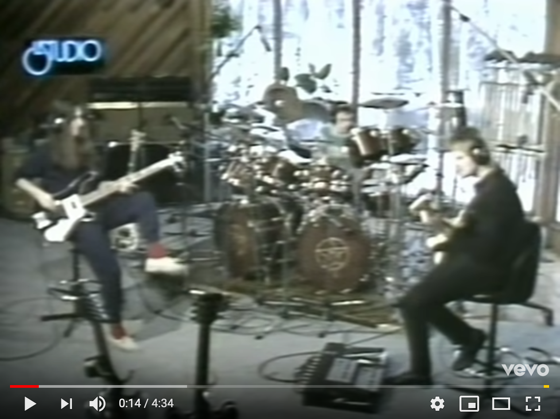
Last August, we sold both cars before we headed out on our family trip around the world. For seven months I didn’t drive, and loved it.
So when we got back to Colorado, I leased a car for my wife, but didn’t get one for myself. It’s the first time since I was 16 that I haven’t owned a car, and I’m still loving it. It now seems like an unnecessary complication and expense.
We’re still not back in our house, as we leased it out for a year. And even though we left the home furnished for the tenants, there’s a storage unit full of miscellaneous crap that we had to haul out.
I’d rather set all of that stuff on fire than move it back. It’s clear we don’t need it, given that I’m not even sure what’s in there.
Maybe it was the travel that changed me, but I simply don’t want a bunch of stuff anymore. Or maybe it’s that I’ve gotten to an age where if something no longer makes sense to me, I just don’t do it. Period.
Even though our financial situation is solid, I became acutely aware of the lifestyle creep that had pervaded our lives. If not for the wife and kids, I’d probably be living in a van down by the river.
Seems I’m not alone with my desire for simplicity. The popularity of Marie Kondo and the minimalism movement demonstrate that people are searching for something. It’s certainly not that we’re missing something; we’ve got too much of everything — and it’s not making us happy the way we thought it would.
Yes, it seems super strange that we need to buy books and watch Netflix shows to learn how to throw things away and stop buying crap we don’t need. But materialism has been baked into us for our entire lives, so it may take a little persuasion to help you realize that maybe you’d feel a lot better with less.
If you’re looking to be convinced, Joshua Becker has several books that are worth your while. Just make sure to give them away once you’re done. 🙂
Keep going-
P.S. Did someone forward this issue of Further to you? We’d love to have you join us by signing up here.
Do this every week for a healthier and happier life

By Brian Clark
Being out in nature makes us happy. The research is pretty clear about that.
On average, study participants are significantly and substantially happier outdoors in all green or natural habitat types than they are in urban environments.
Maybe that’s why camping has become the hot new trend among Gen Xers and Millennials. Forty-nine percent of respondents to a new survey said they “love the great outdoors” as their primary reason for camping.
Unfortunately, a three-day camping trip every few months is the nature-getting equivalent of binge-watching five seasons of Parks and Rec in a single weekend. Other research finds that short weekly exposure to nature is a more reliable way to a healthier and happier life.
Two hours of bliss
Researchers in the UK set out to determine how much time outdoors is enough for enhanced well-being. Turns out spending just two hours per week (120 minutes) in areas such as woodlands, beaches, and parks does the trick.
The findings are supported by past research, which has found that living in greener areas is associated with lower risks of cardiovascular disease, obesity, diabetes, asthma emergencies, mental distress, mortality and even myopia in children. Some have even landed on this 120 minute threshold before.
If you can combine your nature time with exercise, even better. But surprisingly, the health and happiness benefits of nature are not tied to physical activity whatsoever.
Do you even shinrin-yoku, bro?
In Japan, people practice shinrin-yoku, or forest bathing. The idea is to focus on connecting with nature through your five senses:
This is not exercise, or hiking, or jogging. It is simply being in nature, connecting with it through our senses of sight, hearing, taste, smell and touch. Shinrin-yoku is like a bridge. By opening our senses, it bridges the gap between us and the natural world.
Some may find this strange, but I’m sold on the well-being that comes from being out in nature. It’s what makes hiking my exercise of choice. Sometimes, I just sit out there for a while — and let the craziness of “civilization” slip away.
The art of ageless

By Trudi Roth
The summer of my 18th year, I had older friends but no fake ID. I remember trying to talk my way into a bar, telling the bouncer, “Age is just a number, and numbers don’t mean anything.”
That clearly didn’t work. Thirty-five years later, though, I feel like my younger self was onto something.
Neuroscience proves we can create fresh brain cells (neurogenesis) to tackle new endeavors (neuroplasticity) until the day we die. Our bodies are holding out longer too, thanks to breakthrough treatments that aim to kickg age-related ailments to the curb.
The world of work is also shifting, with “unretirement” becoming a popular and pragmatic choice given economic realities. And so, just as we learned as kids, attitude is everything — especially when it comes to aging.
Forever young
The Washington Post recently shared several stories about remarkable women who started new careers later in life. Among them are a 57-year-old newly minted doctor, Charlotte, NC’s 68-year-old mayor, and an 82-year-old body builder.
It’s not that these women are superhuman: what they all have in common is a growth mindset, rather than a fixed one. The difference, as Stanford University psychology professor Carol Dweck argues, is believing you’ve hit a ceiling vs. knowing you can still reach new heights.
In other words, an ageless attitude.
Copping one doesn’t take much, as 49-year-old writer and cultural critic Heather Havrilesky points out:
[For] everyone I know around my age, there’s this major energy shift in being able to ask the question: Well, what do I want now? Without feeling totally cowed by what you should want, what seems selfish.
Life as a guilt-free grown-up who chooses to pursue long-held dreams with the vigor of a kid? I’ll drink (way beyond the legal age) to that.
Free your mind (and the rest will follow)
As we’ve discussed, your biological age isn’t necessarily the same as your chronological one. Going beyond diet and exercise (which are certainly key to healthy aging), your mindset can be a deciding factor.
For example, cell biologist Bruce Lipton, PhD, has done pioneering work around how our beliefs around getting older can affect how our cells age. His research points to the fact that we have control over our genome, not the other way around.
Given the choice to see your cells regenerate or decline, which would you choose? Kind of a no brainer, amiright?
And of course there’s copious evidence that things like meditation and mindfulness decrease major contributors to aging such as stress, and also increase gray matter for better brain function and longevity.
Now that science has debunked age-old misconceptions about, well, aging, midlife is suddenly prime time to reinvent yourself. Who do you want to become?
further: flashback

Rush – Tom Sawyer
Moving Pictures, 1981
As far as I can tell, Tom Sawyer by Rush is the first song written about Generation X. Neil Peart’s lyrics nailed our fierce independence while slyly referencing our fascination with early video games (“the space he invades”). Whether you’re a Rush lover or hater, though, the song got this right: Always hopeful, yet discontent / He knows changes aren’t permanent / But change is. (YouTube)
further: sharing
Please forward this issue of Further to a friend. Thank you!
